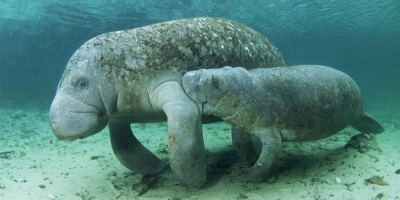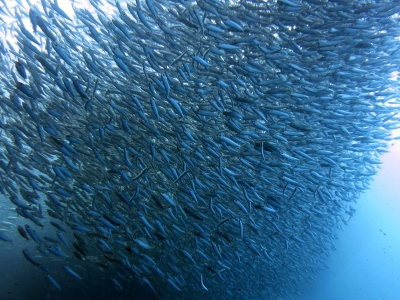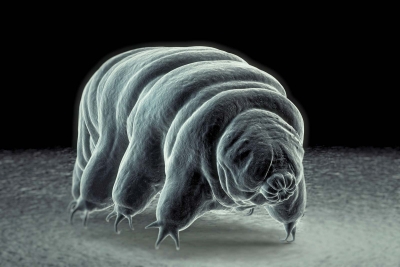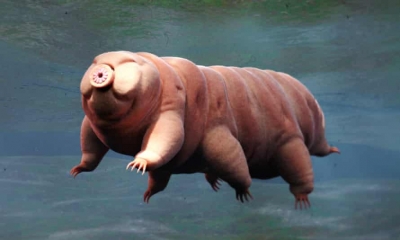What kind of dolphin is Pinky?
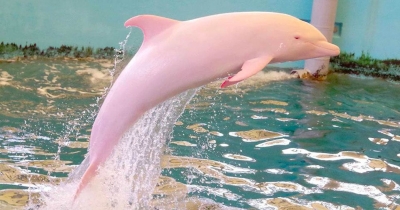
There is a pink bottlenose dolphin known as "Pinky" in Louisiana. She is believed to be an albino dolphin which is missing melanin, the pigment that gives colour to skin and eyes. She was first spotted as a calf in 2007 in Lake Calcasieu.
Pinky was first spotted in June 2007 by a boat captain, Erik Rue. In 2015, Rue was able to capture photo evidence of Pinky mating, proving that she is female. The dolphin has become a tourist attraction, and conservationists have asked visitors to leave the dolphin alone. Pinky's behavior is similar to the rest of the dolphins in her pod, although she tends to spend more time underwater.
Although it is quite rare to see an albino animal in the wild, Pinky has a few signs that appear confirm her albinism. Blood vessels and eyes with a red-ish hue can be seen through Pinky's skin, a key indicator that the cells that normally make pigment melanin, are hardly active in this dolphins body. Although albinism can be hereditary, it is unknown if Pinky's parents were of a pinkish/white hue or if they simply carried the specific mutation of a gene that they passed down to Pinky.
In 2017, a video was taken showing two albino dolphins swimming in the lake, presumed to be Pinky and her calf.
Picture Credit : Google


